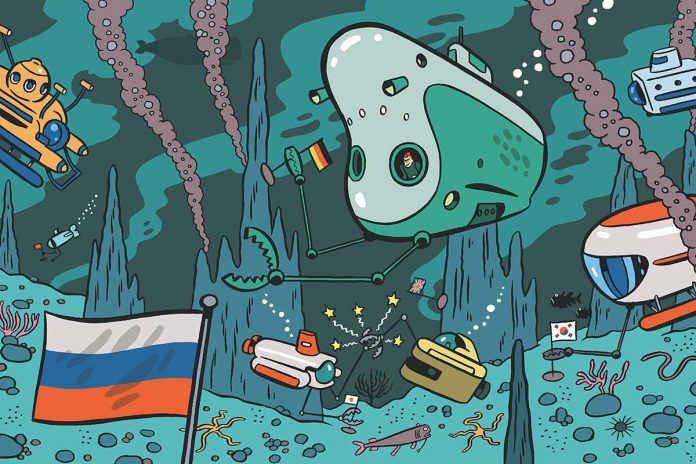[ad_1]
As the race to extract valuable minerals from the deep ocean ramps up, how can we also protect unique marine ecosystems?
Technology
4 November 2020

ON 2 AUGUST 2007, bright light shone on the ocean floor beneath the North Pole for the first time, as a van-sized submarine settled on the seabed. Inside, pilot Anatoly Sagalevich deployed a mechanical arm to erect a Russian flag. That act stirred up more than the yellow-tinged polar sediments.
“This isn’t the 15th century: you can’t go around the world and just plant flags and say we’re claiming this territory,” said Canada’s foreign minister, Peter MacKay. Russia countered that the flag-planting was merely to celebrate their achievement – like taking a flag to the moon. “The goal of this expedition is not to stake out Russia’s rights, but to prove that our [continental] shelf stretches up to the North Pole,” said Russia’s foreign minister, Sergey Lavrov. In 2015, Russia used data from the expedition to support a claim to seabed resources in 1.3 million square kilometres around the pole.
This may look like a latter-day land grab but it is actually a move in line with international laws built on a vision of the ocean floor being “common heritage”. Russia isn’t alone in claiming resources on the Arctic seabed, and nations are seeking to extend their rights to ocean resources elsewhere. Meanwhile, commercial enterprises are gearing up to mine deep-sea mineral deposits.
We have come to a crucial moment for the future of our blue planet. As international bodies prepare to decide about the legitimacy of different mining ventures and how to protect biodiversity in the waters beyond national boundaries, the race is on for deep-sea biologists like myself to understand how these decisions will affect ecosystems on …
[ad_2]
Source link











